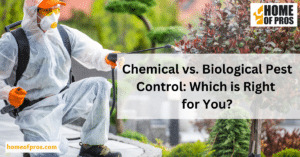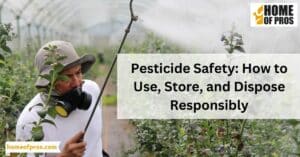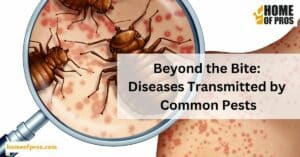Moisture is a magnet for pests, as it provides them with the ideal conditions for breeding and survival. High humidity and damp areas in and around your home can attract a variety of pests, including ants, cockroaches, and even termites. To control moisture and keep pests at bay, invest in proper ventilation, fix leaks promptly, and use dehumidifiers in problem areas to maintain a dry environment.
Ever wondered why pests invade your home, seemingly attracted to moisture? In this article, we unravel the connection between moisture and pests, revealing the importance of a pest-free home for both your well-being and your property. We’ll explore why moisture is the ultimate lure for pests, identify common culprits, spot signs of trouble, and arm you with strategies to maintain a dry, pest-free sanctuary.

Why Moisture Attracts Pests
Moisture beckons pests for several compelling reasons. First and foremost, pests, like humans, need water to survive, and moisture-rich environments offer them an accessible hydration source. Beyond mere survival, many pests require damp conditions for reproduction, with high humidity levels fostering the growth of fungi and mold, which can serve as both breeding grounds and food sources.
Additionally, moisture softens materials like wood, making them susceptible to damage from pests like termites. Furthermore, damp areas often harbor decaying organic matter and fungi, attracting insects like ants and silverfish in search of sustenance. Understanding these scientific connections underscores the critical role of moisture control in effective pest management.

Common Pests Drawn to Moisture
In the ongoing battle against household pests, understanding their preferences and behaviors is key to effective pest management. One of the primary factors that entice pests into our homes is moisture. In this section, we’ll shine a spotlight on the common pests that are irresistibly drawn to damp environments, uncovering their habits and the challenges they pose. Get ready to explore the world of pests and moisture, and discover why prevention is truly the best remedy.
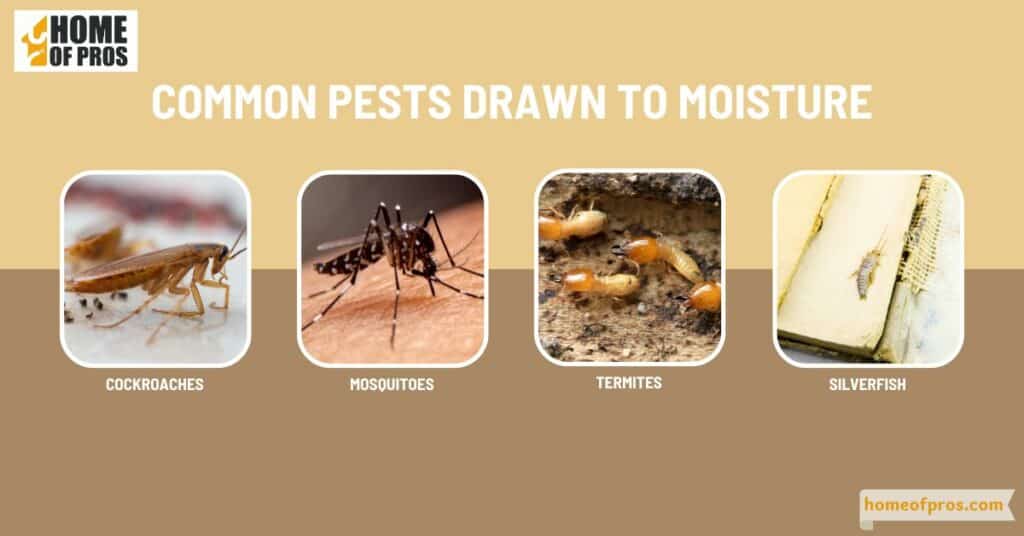
1. Cockroaches: The Hydration Seekers
Cockroaches are not just unwelcome guests in our homes; they’re also remarkable survivors, and their attraction to moisture is a testament to their adaptability. They are particularly drawn to areas with moisture, such as bathrooms and kitchens, for several compelling reasons. Firstly, cockroaches, like all creatures, require water for survival. Bathrooms and kitchens, being common water sources in homes, naturally become prime hunting grounds for these pests.
2. Mosquitoes: Breeding in Stagnant Waters
Mosquitoes are infamous for their association with stagnant water, which serves as an ideal breeding ground for these disease-carrying insects. The reason behind this preference is rooted in their life cycle. Mosquitoes lay their eggs in stagnant or slow-moving water, where the larvae develop before emerging as adults.
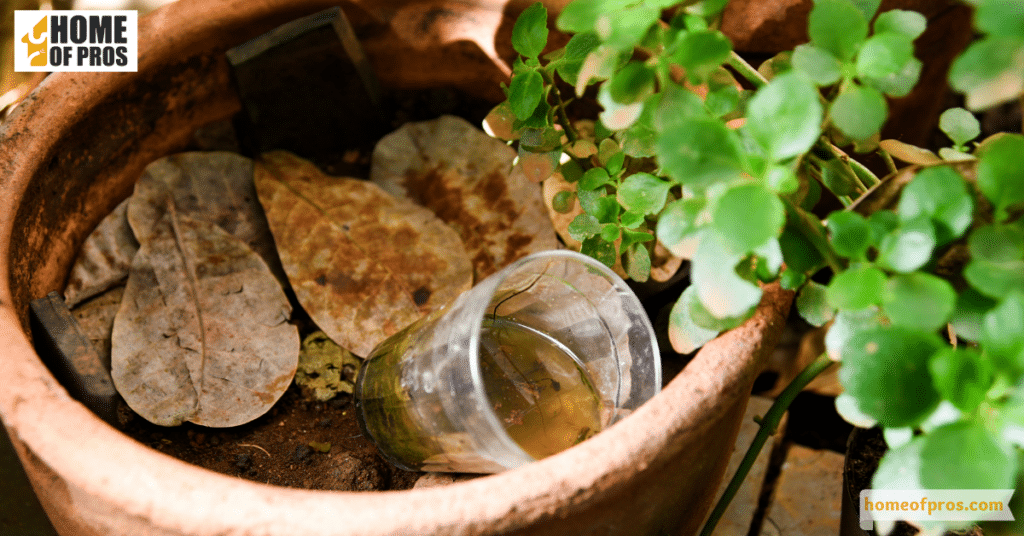
3. Termites: The Silent Destroyers
Termites, often referred to as the “silent destroyers,” have a deep-rooted connection with moisture. They are particularly drawn to moisture-rich environments because moisture softens the wood, making it vulnerable to termite attacks. Termites feed on cellulose, which is found in wood and other plant-based materials. Moist wood is not only easier for them to chew through but also provides them with the necessary hydration they need to thrive.
4. Silverfish: Seeking Humidity
Explore why silverfish are commonly found in bathrooms and basements. Detail how they thrive in high-humidity environments and the damage they cause to paper and fabric. Narrate instances of silverfish infestations stemming from unresolved moisture issues.
Moisture may be the common thread that entices these pests, but armed with knowledge about their preferences and behaviors, you’re better equipped to defend your home. Stay tuned as we delve into recognizing signs of moisture problems and effective strategies for moisture control in the following sections, ensuring your home remains a sanctuary free from these pesky invaders.

Signs of Moisture Problems
Moisture problems in your home can be subtle yet potentially disastrous, not only for your property but also as an open invitation to pests. In this section, we’ll equip you with the knowledge to become a moisture detective, allowing you to spot signs of trouble before they escalate into major issues. Recognizing these signs is not only crucial for preserving the integrity of your home but also for effective pest prevention.
- Water Stains: Look for discolored patches on walls and ceilings, as these can indicate leaks or moisture seepage from the outside.
- Condensation: Check windows, especially during colder months, for excessive condensation, which can suggest humidity problems.
- Musty Odors: A persistent musty or moldy smell is often an early indicator of hidden moisture issues, even if there are no visible signs.
- Peeling Paint or Wallpaper: Moisture can cause paint or wallpaper to peel away from surfaces, a clear sign of water infiltration.
- Warped Wood: Inspect wooden fixtures, such as doors and window frames, for warping or swelling, which may result from prolonged exposure to moisture.
- Mold and Mildew Growth: Keep an eye out for any mold or mildew growth in damp areas like bathrooms, basements, and crawl spaces.
- Sagging Floors or Ceilings: Structural components like floors or ceilings may start to sag when exposed to prolonged moisture, indicating a serious issue.
Early detection of moisture problems within your home is the first line of defense against both structural damage and pest infestations. By staying vigilant and addressing these signs promptly, you not only protect your property but also ensure a less inviting environment for unwanted guests like pests. In the following section, we’ll delve into effective strategies for moisture control, empowering you to safeguard your home proactively.
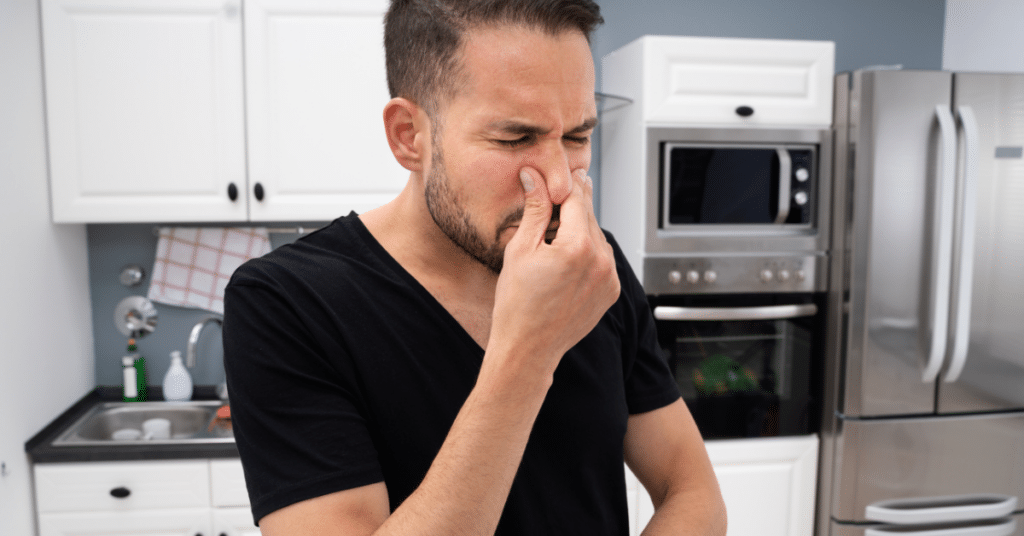
Strategies for Moisture Control
Moisture control is the linchpin of a pest-free home. In this section, we unveil a comprehensive guide to help you take charge of moisture levels in and around your living space. By understanding the strategies and tools at your disposal, you can create an environment that’s less welcoming to pests while safeguarding your property from potential damage.
Table:
| Strategy | Description |
|---|---|
| Ventilation | Ensure airflow, especially in moisture-prone areas like bathrooms. |
| Insulation | Prevent condensation and maintain stable indoor conditions. |
| Leak Repair | Swiftly fix roof, pipe, and faucet leaks to stop water intrusion. |
| Dehumidifiers | Invest in quality units for humidity control. |
| Drainage | Install effective systems to redirect rainwater away from your home. |
| Maintenance | Regularly inspect and address moisture issues. |
| DIY Solutions | Utilize tactics like sealing gaps and using moisture-resistant materials. |
By adopting these moisture control strategies, you take proactive steps toward maintaining a dry and pest-free home. Whether it’s preventing excess humidity or sealing potential entry points for moisture, each action brings you one step closer to a more comfortable and resilient living environment.
Conclusion
Maintaining a dry home is a proactive stance against infestations, a safeguard for your health, and a protection for your property’s value. We encourage you to implement the strategies and tips shared in this article, ensuring that moisture remains under your control. By doing so, you not only enhance your living conditions but also enjoy the peace of mind that comes with a pest-free sanctuary.


